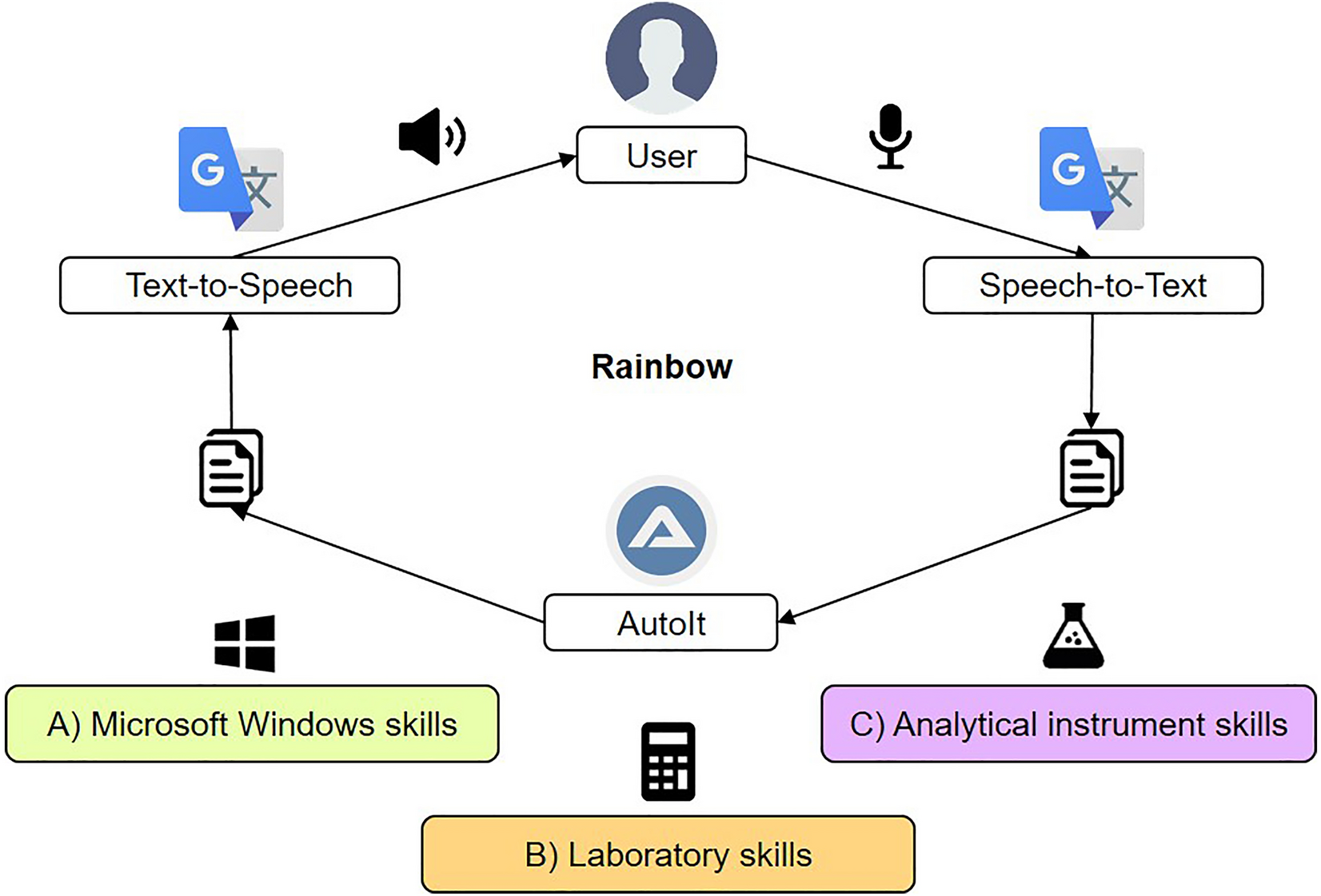How to make the best of your voice-based AI assistants | Mint
In the 2013 movie Her, a lonely man develops a deep emotional connection with his virtual assistant, Samantha — an advanced AI operating system with a voice, personality, and the ability to learn and evolve. A decade later, we’re almost there. In fact, OpenAI CEO Sam Altman cited Her as an inspiration for ChatGPT’s conversational voice assistant feature. The line between science fiction and reality blurs more each day. No longer confined to clunky commands or stilted queries, Artificial Intelligence (AI) is finding its voice, literally.
It isn’t just about setting alarms or adding milk to your shopping list anymore; it’s about unlocking a new dimension of human-AI interaction, one where creativity flows, productivity soars, and the line between tool and companion becomes delightfully ambiguous.
Voice-Based AI Assistants: Transformative Tools
And now that AI-powered experiences are increasingly ubiquitous, voice-based AI assistants are emerging as transformative tools, redefining how humans interact with machines. Unlike their chat-based counterparts, voice-enabled AI assistants like ChatGPT Voice by OpenAI, Copilot Voice by Microsoft, and Gemini Live by Google are designed to streamline communication, offering hands-free, natural, and more intuitive interactions.
While both voice-based AI assistants and AI chatbots utilize natural language processing (NLP) to understand and respond to user requests, their interaction methods differ significantly. Chatbots rely on text-based input and output, confining users to a typed interface. While effective for precise tasks and complex problem-solving, typing queries can be cumbersome, especially in dynamic or hands-free scenarios. The new-gen assistants are designed to engage in more dynamic and nuanced conversations, interpreting the subtleties of human speech, including tone, inflection, and emotion, allowing for more contextually aware and personalized responses.
Let’s take a look at the major options available today:
ChatGPT Voice
Developed by OpenAI, ChatGPT Voice builds on the text-based capabilities of ChatGPT, adding a robust voice interaction layer. It boasts exceptional conversational fluency, multi-language support for global audiences, and is adaptable to creative, technical, or casual contexts.

Copilot Voice
Microsoft’s Copilot Voice is tailored for maximizing productivity, leveraging its deep integration with the Microsoft ecosystem, including Windows 11 and Microsoft 365 applications like Excel, Word, PowerPoint, Teams, etc.
Gemini Live
Google’s Gemini Live represents a comprehensive approach, integrating Google services like Search and Maps and Gemini’s multimodal advancements combining voice and visual input to provide more comprehensive and contextually relevant responses.
Applications of Voice-Based AI Assistants
The versatility of voice-based AI assistants lends them to a wide range of applications across various domains, especially in learning, creativity, productivity, and communication.
Learning
Voice-based AI assistants transcend the limitations of passive learning, allowing for spontaneous conversations to learn about topics and practice skills, adapting to individual needs and providing tailored guidance.
Creativity
Voice-based AI assistants can aid the creative process of writers, designers, and musicians by suggesting outlines, draft content, or key inputs to spark imagination.

Productivity
Voice assistants streamline workflows, automate tasks, and integrate with productivity apps to help process information and boost productivity.
Talking
Voice-based AI assistants not only assist in tasks but can also serve as companions to engage in conversations, combat loneliness, and promote mental well-being.
As voice-based AI continues to evolve, trends such as enhanced personalization and multimodal integration will bring richer interactions and industry-specific use-cases tailored for various sectors. Addressing privacy, accuracy, and ethical considerations will be crucial to unlocking the full potential of voice-based AI assistants.




















